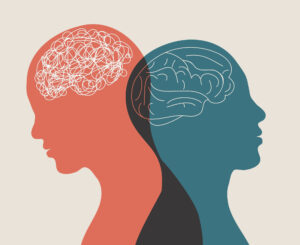Episode Summary:
Dependency is a biological problem; whereas addiction is a behavioral one. They each often start while managing pain. The opiate overdose crisis is the 3rd largest US epidemic since 1900. In this episode learn what opiates are, how they (and other drugs) suppress breathing which causes overdose death and hear about new and widely available emergency and longer-term treatments and support.
Episode Guest:
David Tauben M.D. Chief of Division of Pain Medicine, and Clinical Professor of Medicine, Anesthesiology & Pain Medicine, at the University of Washington School of Medicine. Physician at the Center for Pain Relief at U.W.MC-Roosevelt.
During This Episode We Discuss:
- How your body changes its opiate receptors in addiction.
- Pain treatment and dependency.
- Dependency is different than addiction.
- What happens to you in addiction, dependency. The physical and social consequences.
- Becoming disconnected, the social consequences, friends, family, job loss.
- How to identify if you’re likely to become addicted.
- How to prevent addiction.
- How to treat addiction.
- How to prevent death from opiate overdose.
- Support and resources for addiction.
Quotes (Tweetables):
“Addiction is a behavioral disorder, it’s how you respond as a behavior, dependence is a biological condition, which represents the bodies requirement to continue to be exposed to an agent, the drug, in this case, that without having that in your system, produces a very significant, physical symptoms, disabling symptoms, and highly distressing symptoms.”
“The data support 90 days (on opioids) as a worrisome interval… current recommendations are at six weeks of being on an opioid, you better have a plan, you develop with your prescriber… to get off before you hit this 90-day benchmark.”
David Tauben, M.D.
Recommended Resources:
- Narcan can be obtained without a prescription at local drug stores
- Al-Anon.org
- https://kingcounty.gov/depts/community-human-services/mental-health-substance-abuse.aspx
Episode Transcript:
Coming soon!!



